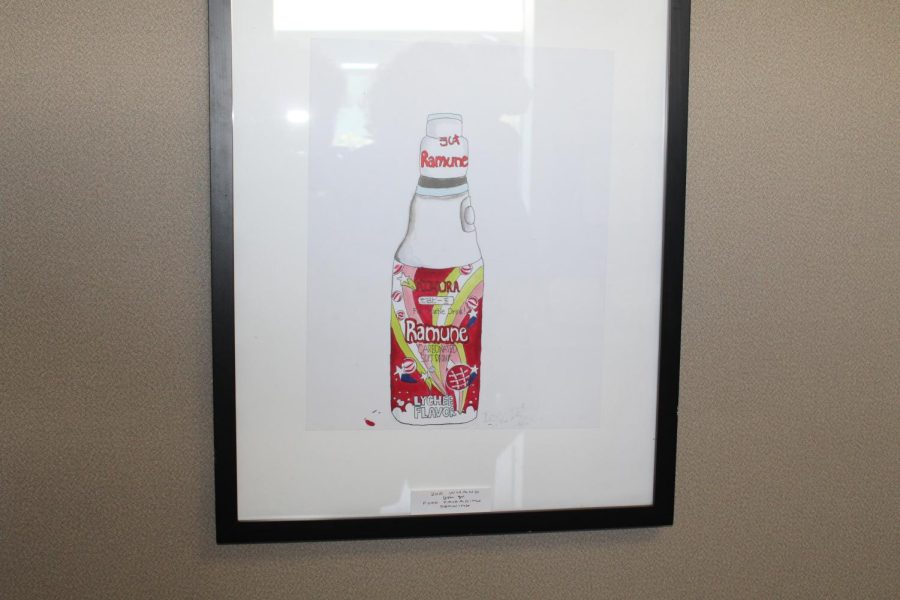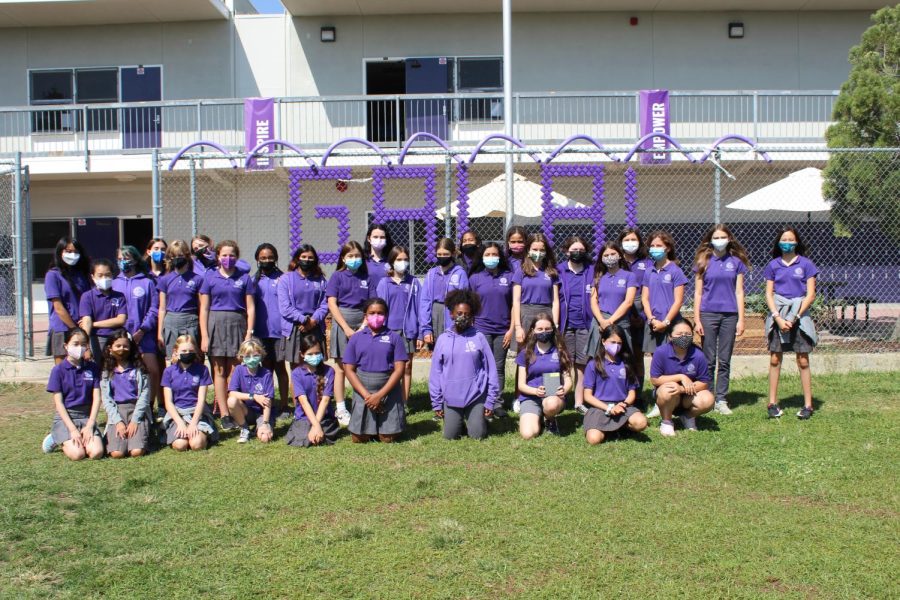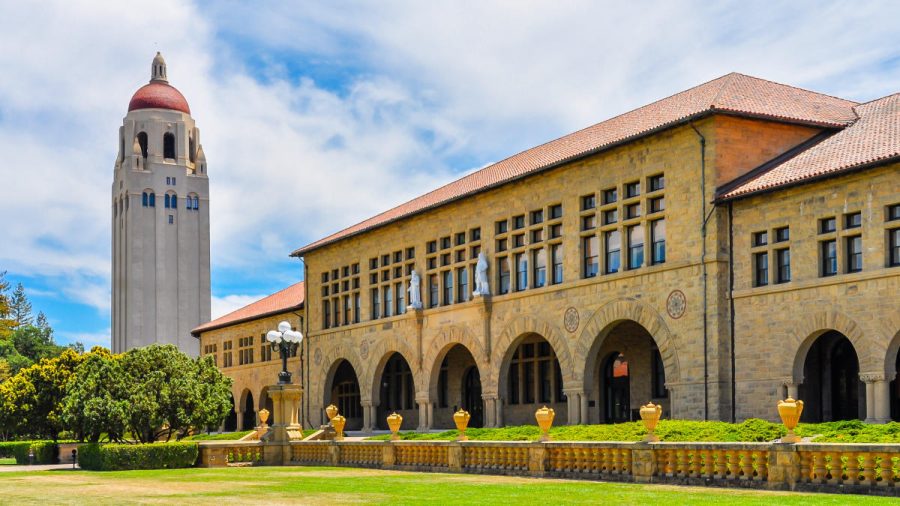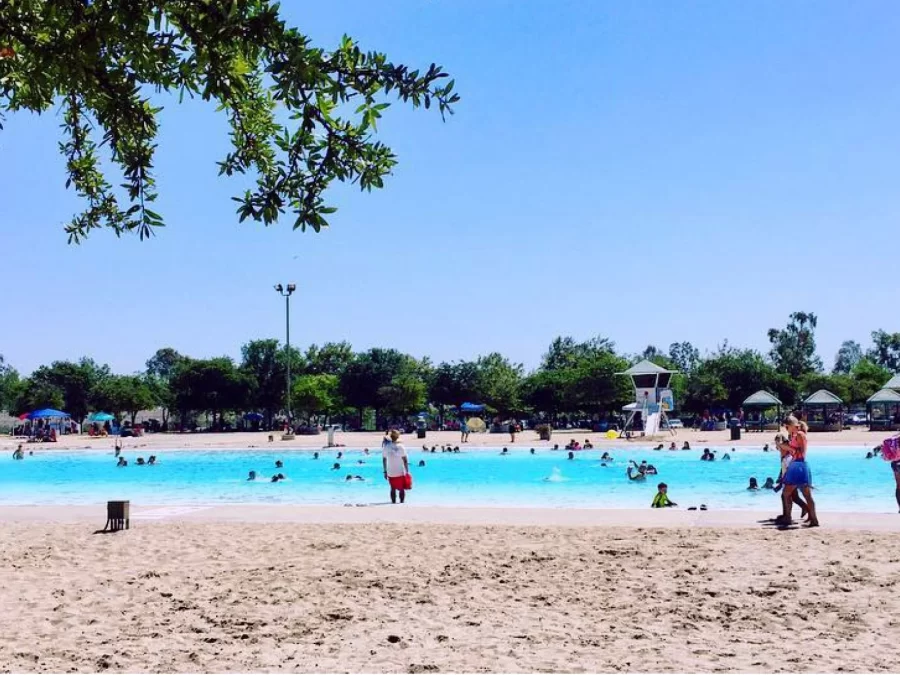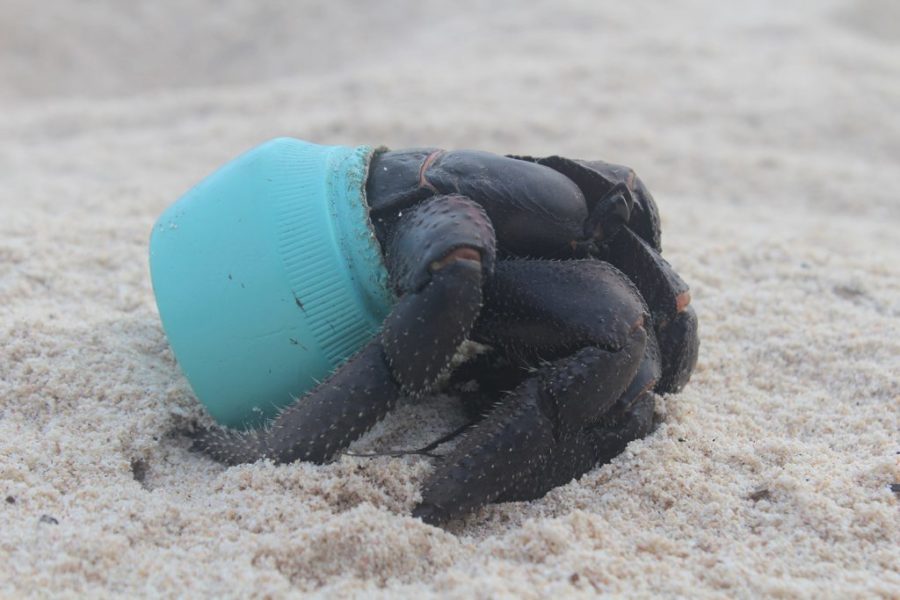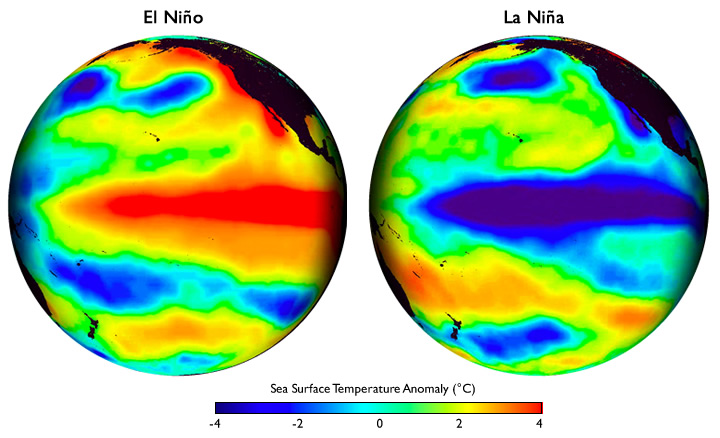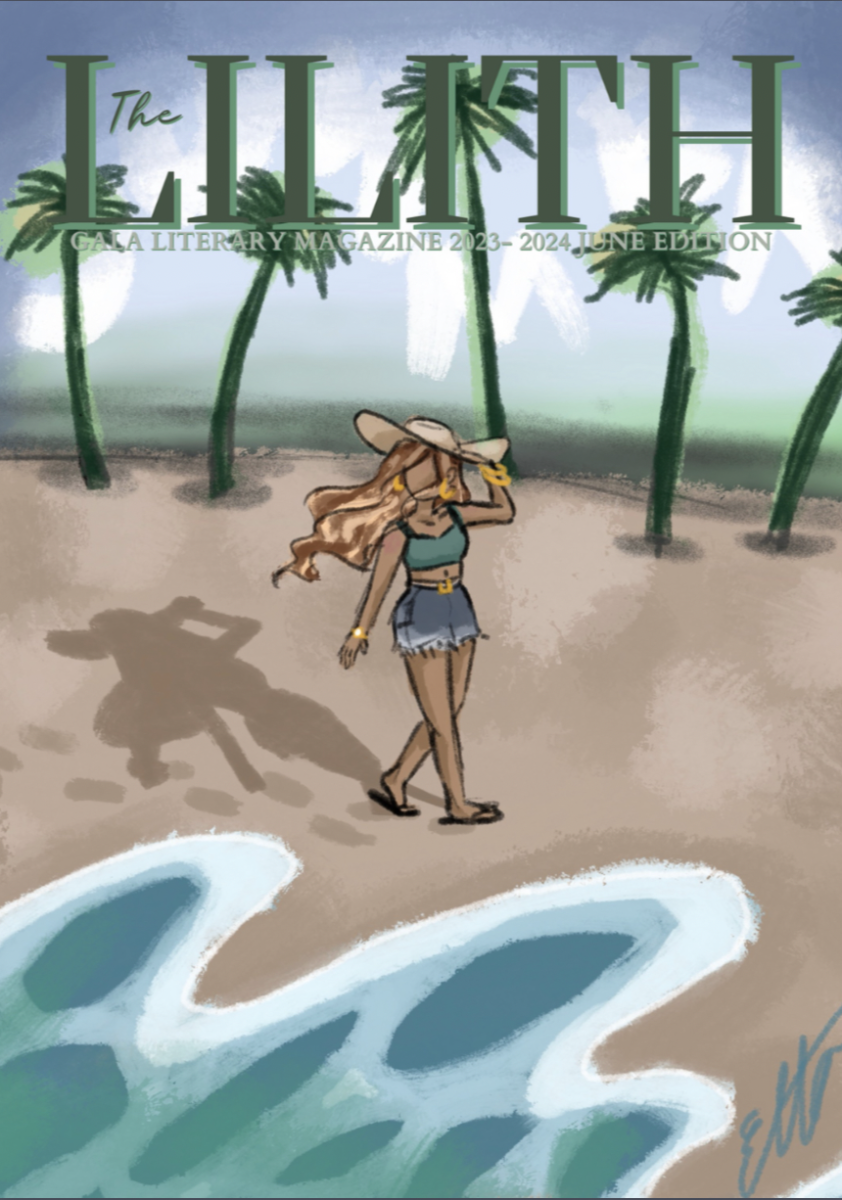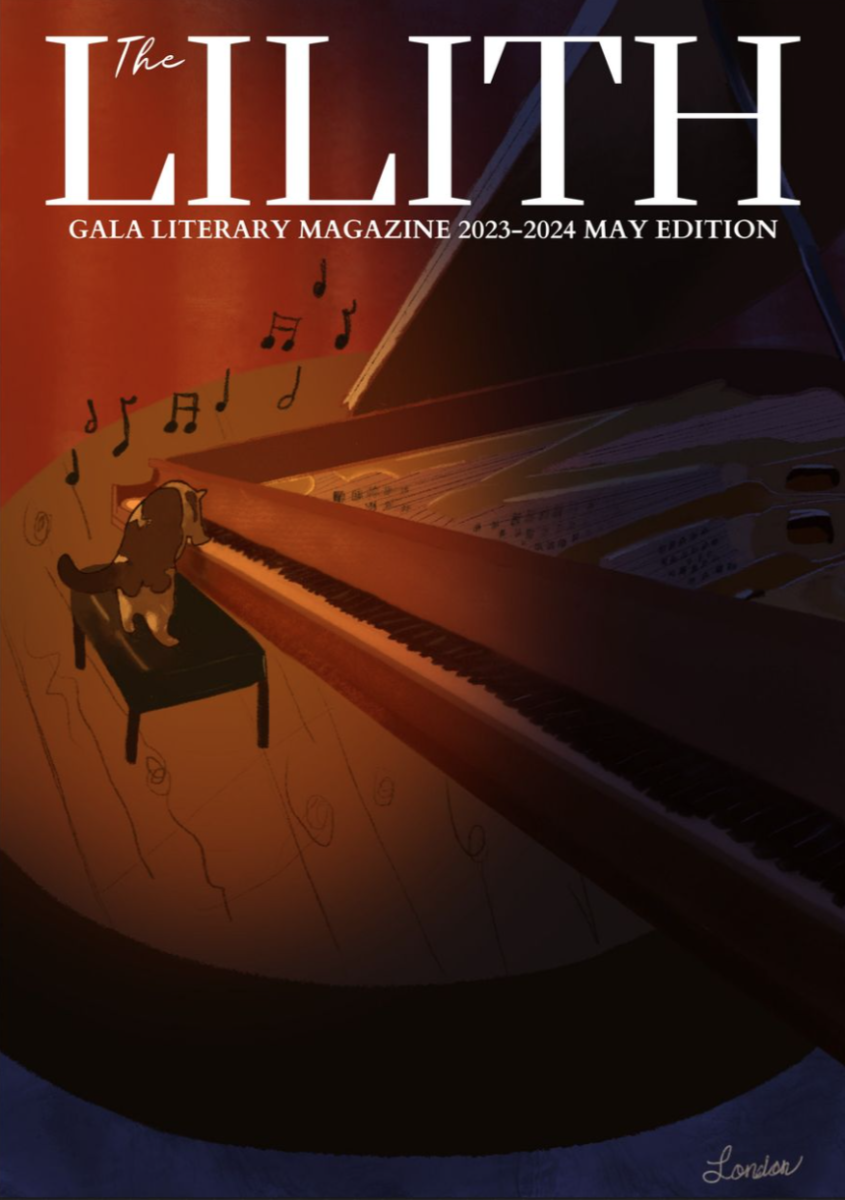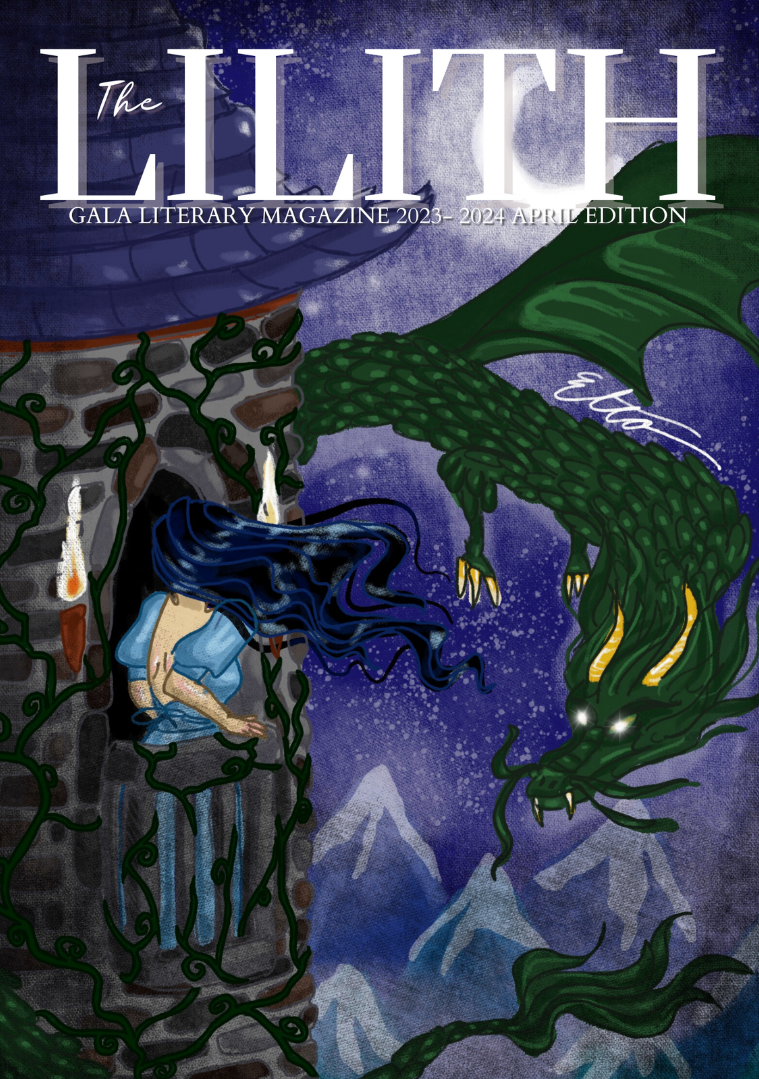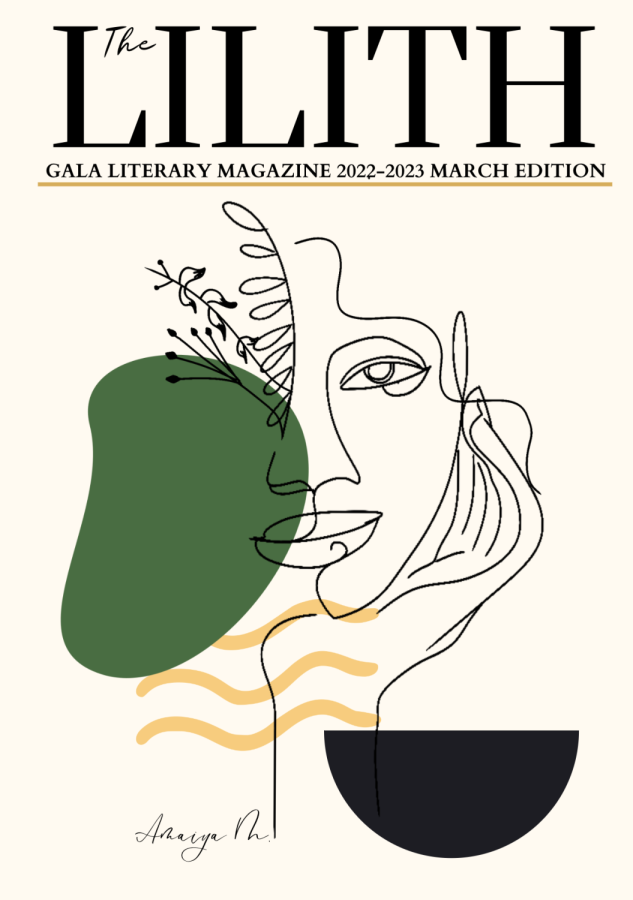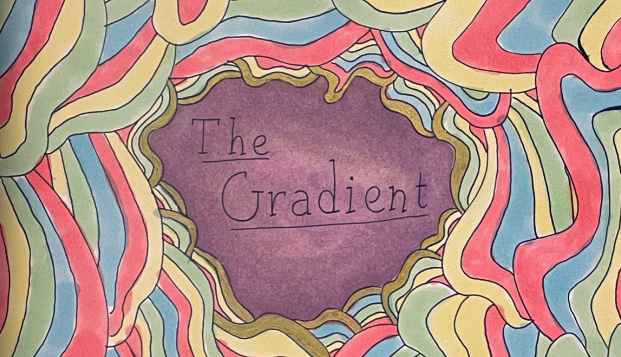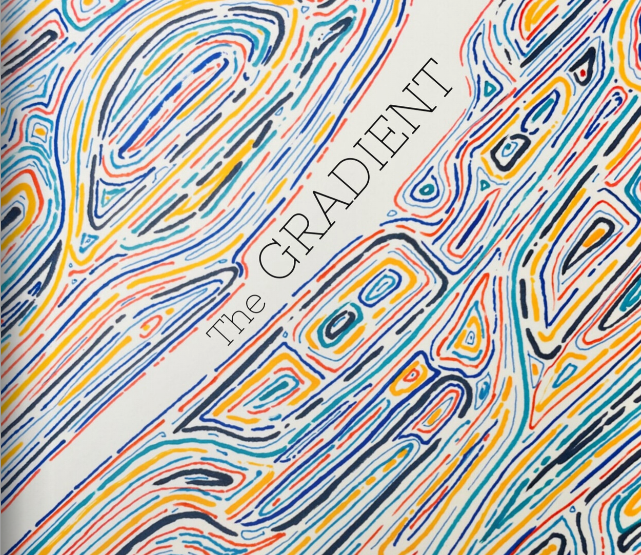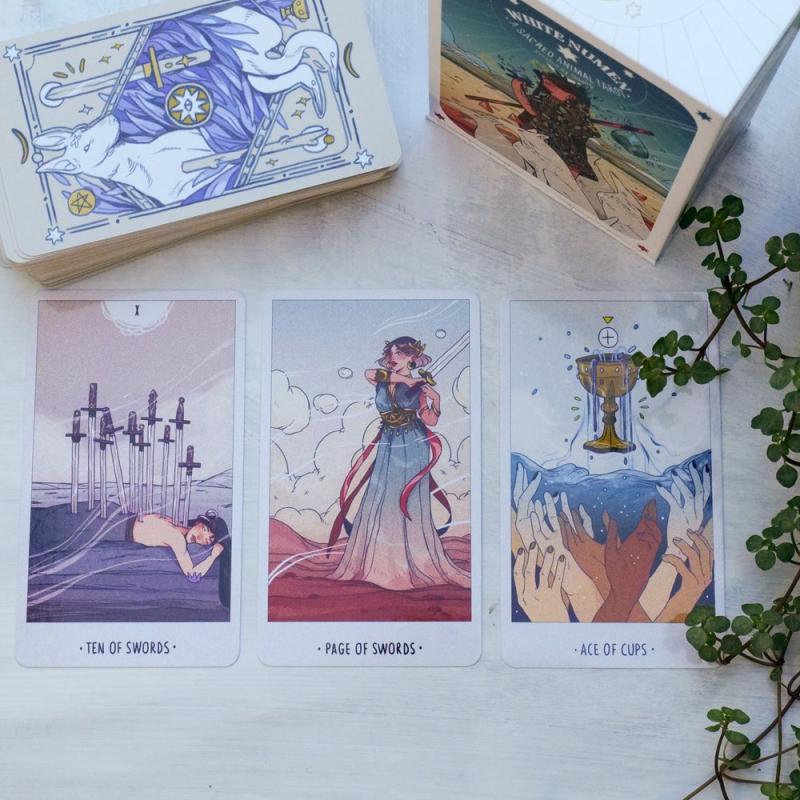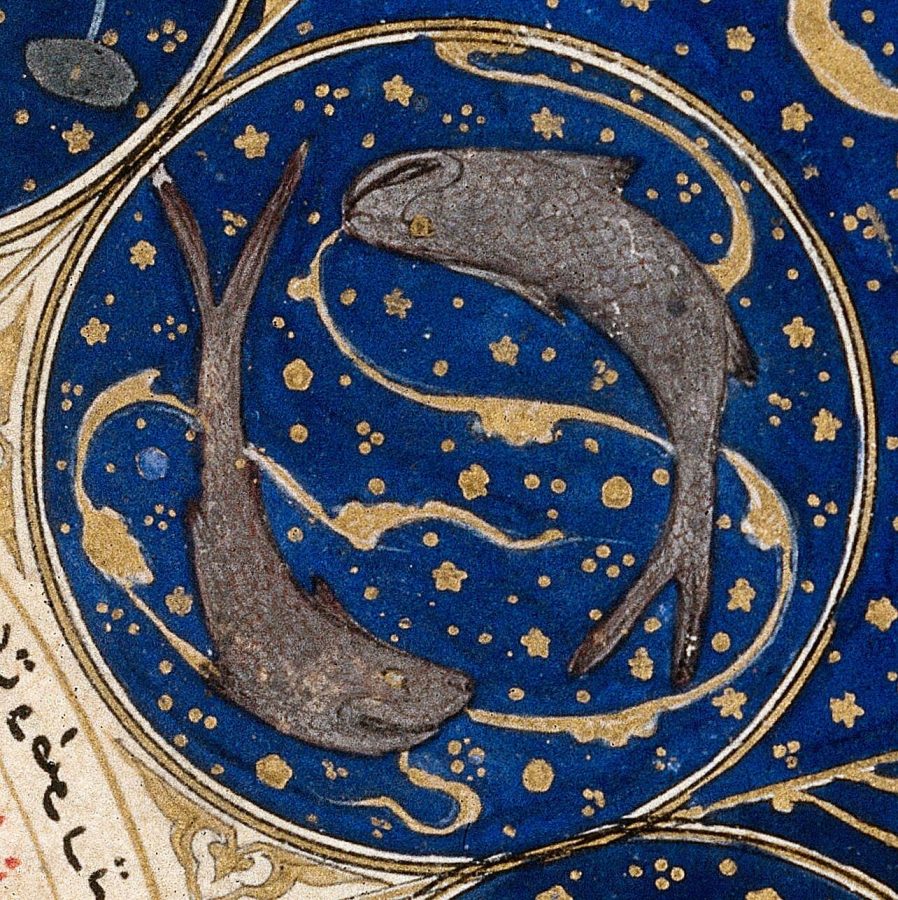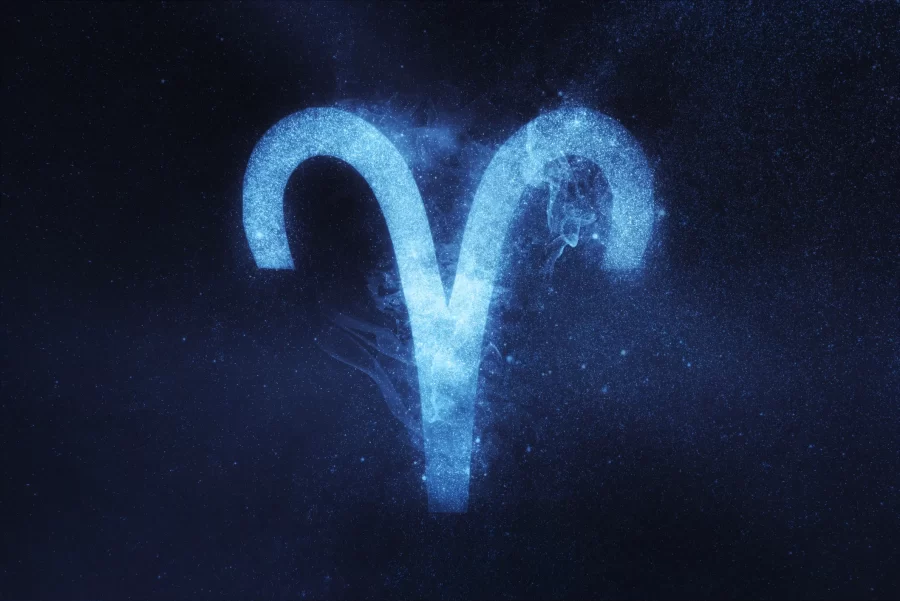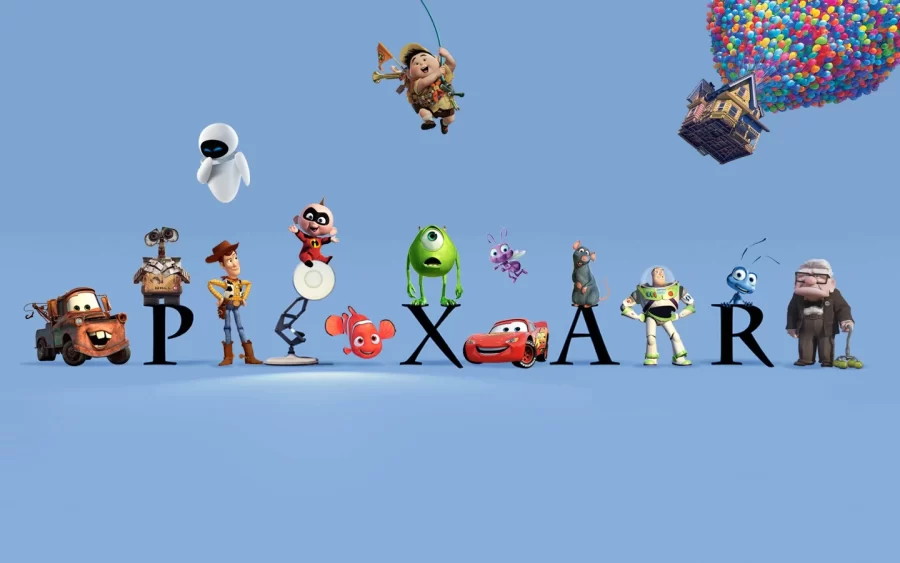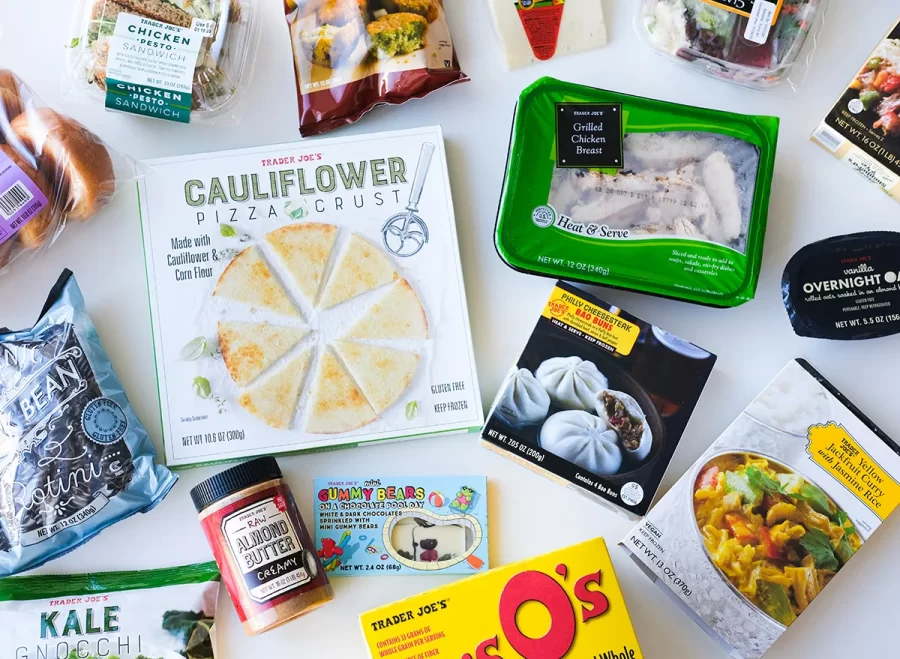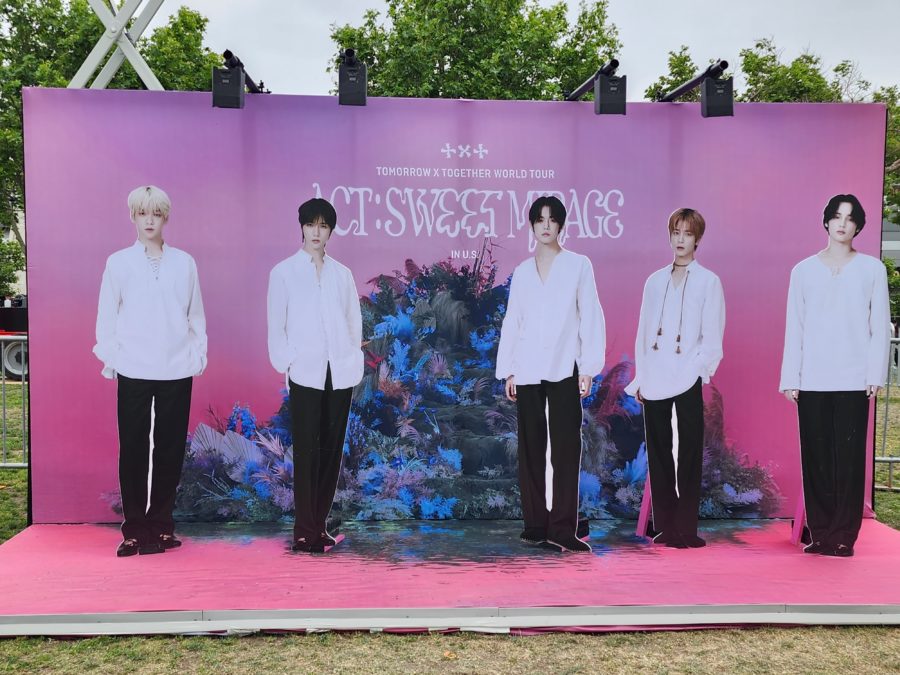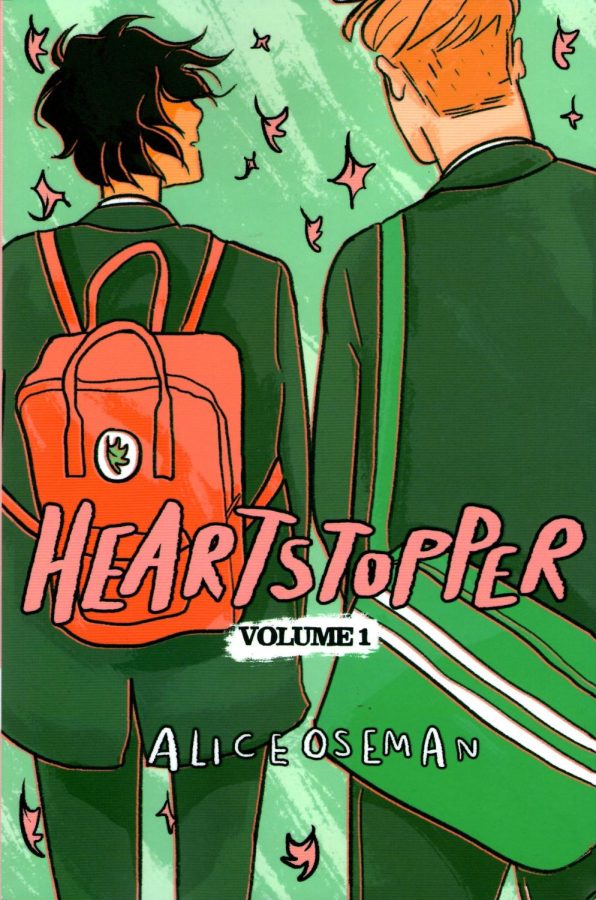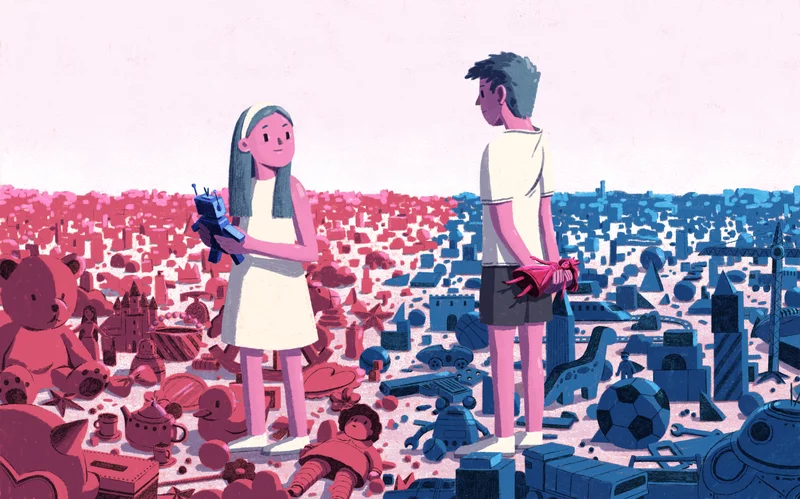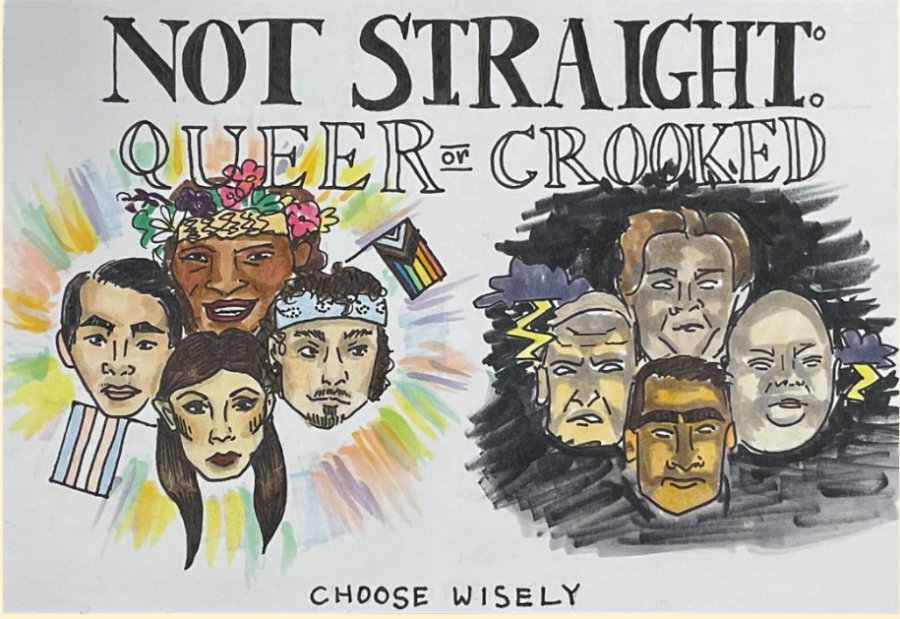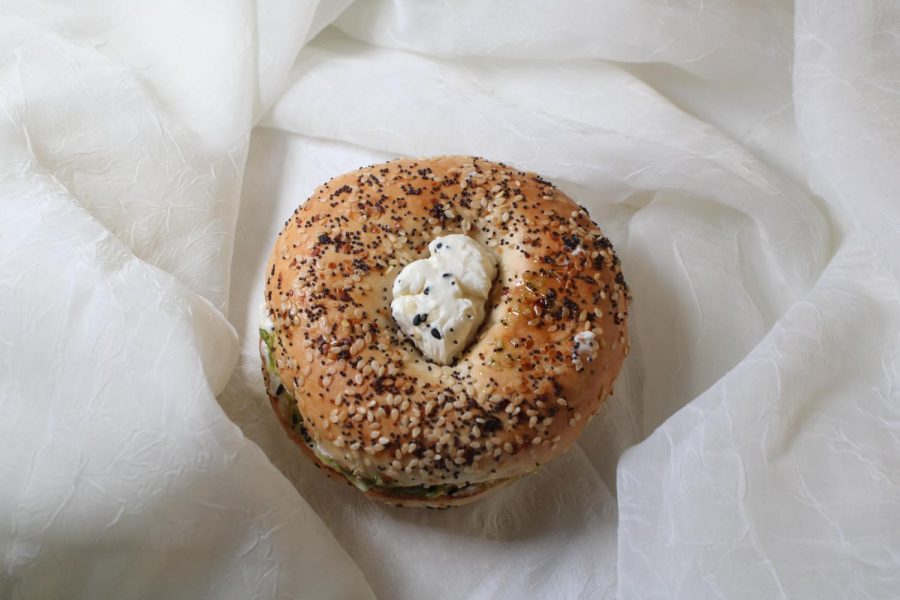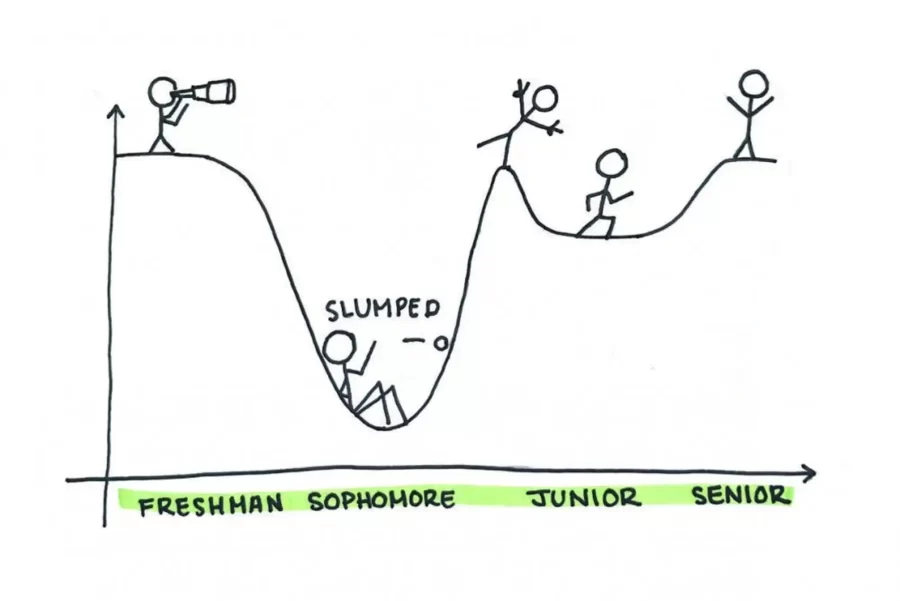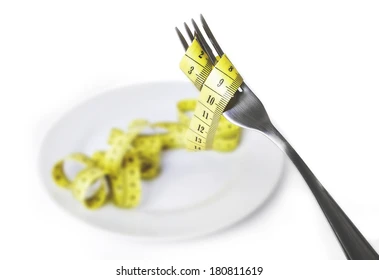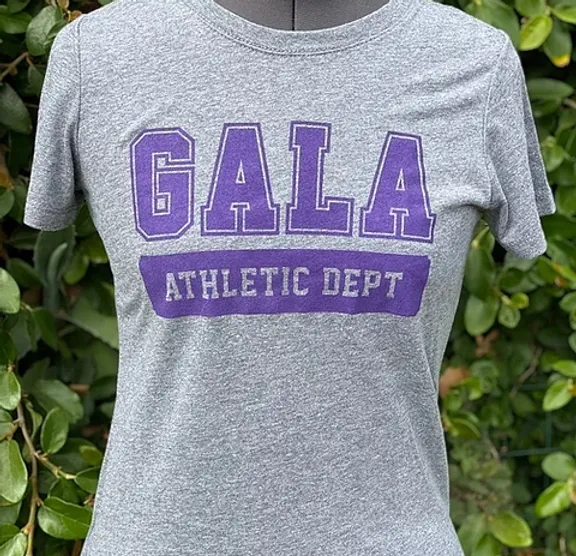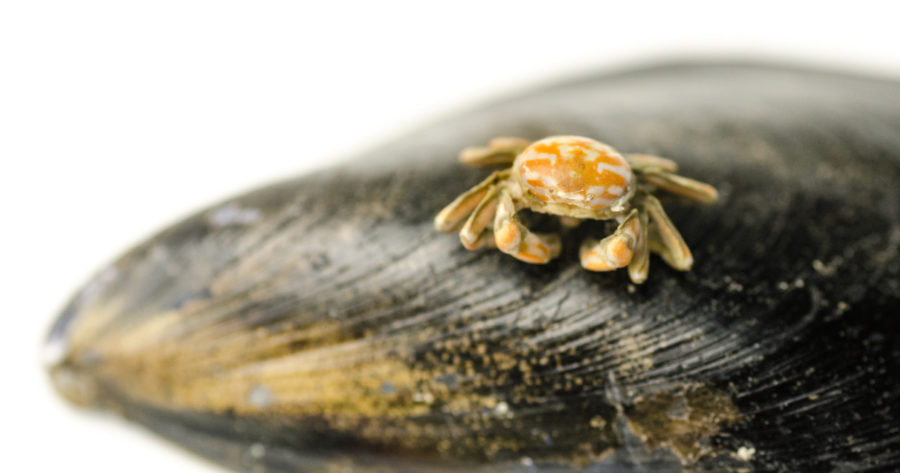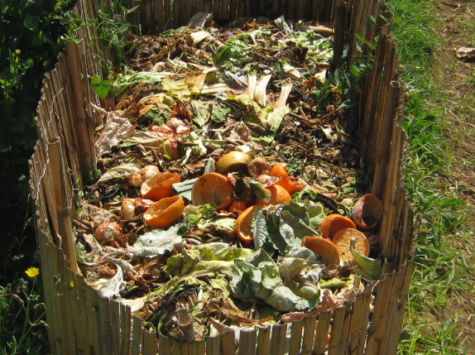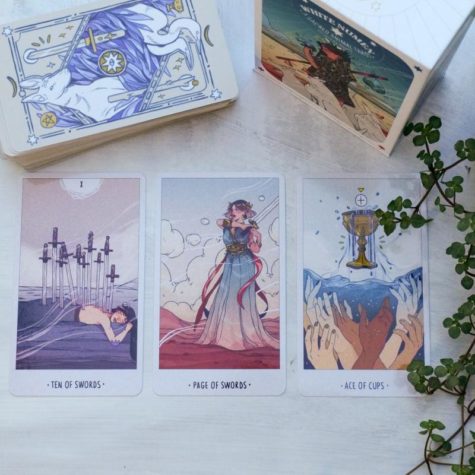The Amazing but Questionable Pea Crab
The pea crab is one of the smallest crab species, the size of a pea, and utilizes its size, spending its adult life in a bivalve host.
Like most animals, the pea crab has a complicated scientific name, Pinnotheres pisum, belonging to the Pinnothere family. Of course, like most scientific names, its name perfectly describes what the pea crab is.
The female pea crab typically grows as big as an inch, while males are half that size.
A home with a thick shell and lightning reflexes seems like an ideal home and is the ideal home to the pea crabs. In order to get in, the pea crabs need to get through the shell – which isn’t an easy job– but the benefits are worth the hard work!
The mussel provides a simple way of getting food. The mussel sucks in seawater and filters out the edible particles with its gills. The edible particles are then gathered in a mucous rope, before getting passed down the conveyor belt of ciliary hairs. This is how the pea crabs get their food supply.
The living situation for the female pea crabs and the male pea crabs are different. Female pea crabs live their adult lives in a bivalve host causing them to develop soft, round shells. Living in a protective environment with a stable food source lets females use most of their energy to lay eggs. Female pea crabs produce eggs all year long as they are parasitic crabs.
After a crab’s eggs are fertilized, they hold them under the abdomen as they develop. They end up growing as big as the crab’s body, causing the crab to have trouble moving. After the eggs hatch, the swimming larval crabs move out of the mussel and go into the surrounding sea water.
Male crabs do leave their hosts, making them develop a hard, flat shell. The male crabs need this because of the narrow gap in the mussel they need to squeeze through. Their shell coloring allows them to camouflage and hide from predators.
After the eggs hatch, the pea crab larvae go through 3 different stages, remaining less than 1 mm long through each stage. The pea crab zoeas have rounded and soft shells and are vegetarian, having a diet of phytoplankton.
It was initially believed that pea crab zoeas found mussels by listening for reef noise as other non-parasitic crabs did. It was later discovered by Jessica Feickert that they instead find mussels by looking for mussel-flavored water.
I hope now you know more than you initially did about pea crabs! They are incredible animals and, even if they are incredibly small, they deserve this not-so-small article.
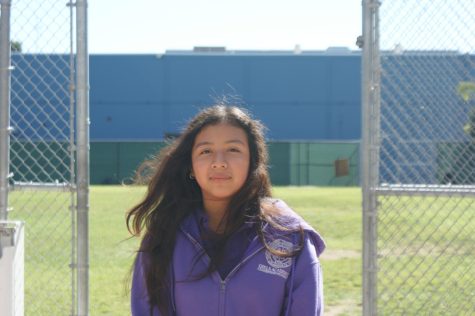
Daisy is a freshman at Girls Academic Leadership Academy. She has been in journalism for 2 years and has the position of Jr. Learn Something Editor. ...






